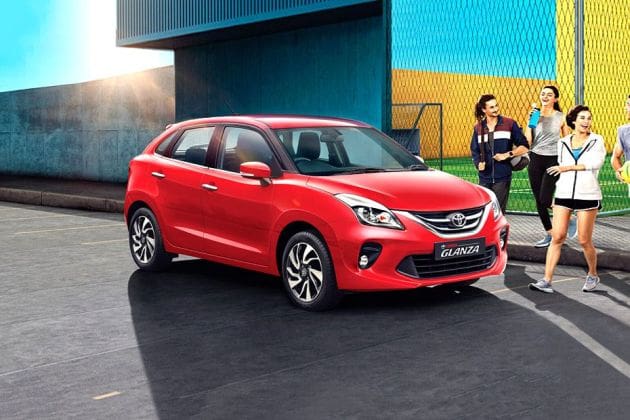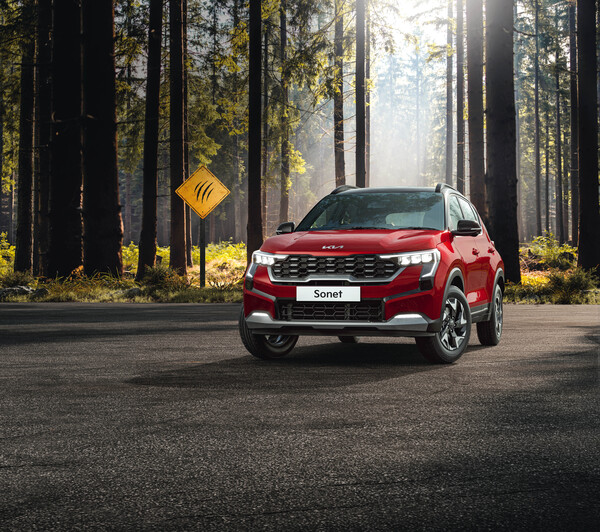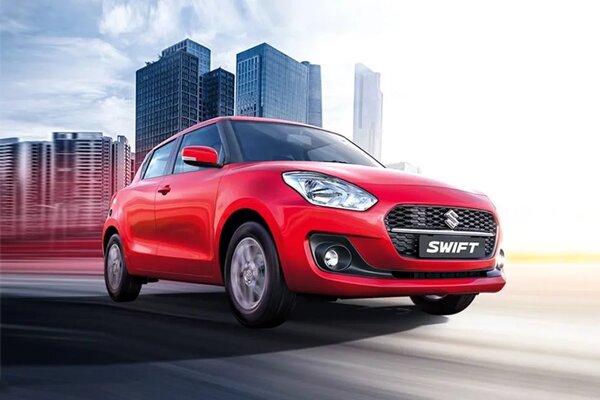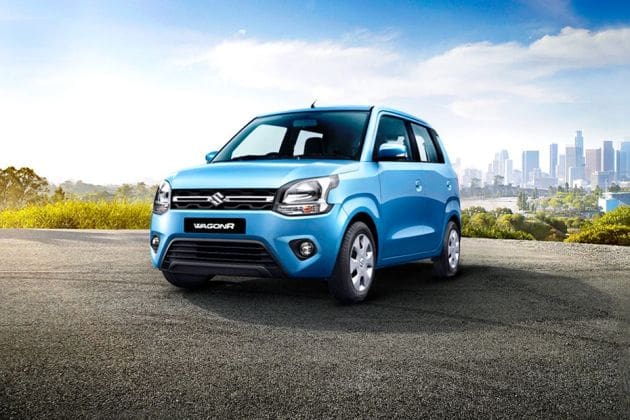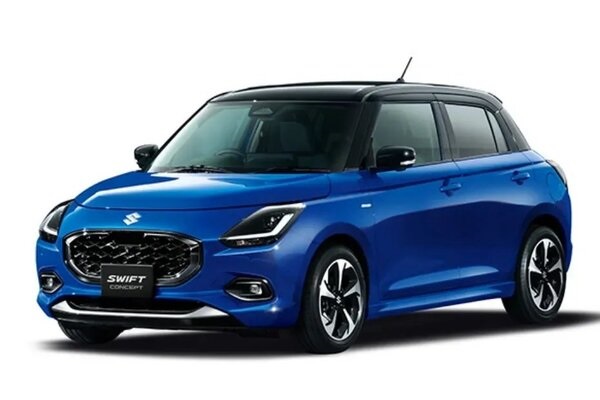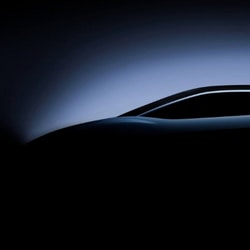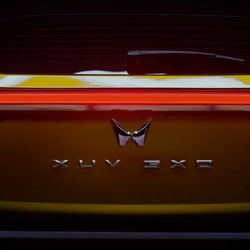Head-up display: Everything you need to know
- Head-up Display, or HUD, has its root in the aviation sector and made its way into the automotive industry in the late 1980s.
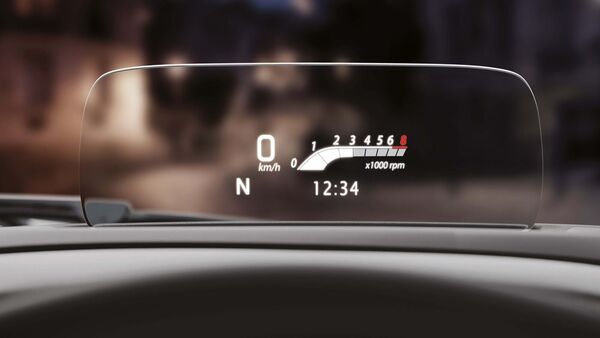

Aviation and automobiles have a strong connection. Several technologies invented and implemented by the aviation industry have later been adopted by the automobile industry. One such in-car technology-aided feature is Head-Up Display (HUD). The technology was invented and implemented by the aviation industry for fighter aircraft. However, later this technology was adopted by the automobile industry as well. Initially, the HUDs used to be available in high-end cars, but now with increased technology penetration, several mid-range and affordable cars too are coming equipped with this feature. The latest example is the availability of HUD in Maruti Suzuki's premium hatchback Baleno.
Also Read : How to take care of your car windshield: Long-lasting tips
Automotive journey of HUD
Head-up Display or HUD is a technology that shows important information on the windscreen or any other transparent panel, allowing the driver to keep his sight on the road ahead. In short, the HUD keeps the driver's visibility unaffected, resulting in a better driving experience. While the technology was first used by British Royal Air Force (RAF) fighter planes as far back as in the 1940s, the automotive world saw mettle in the technology and started using it it in the late 1980s.
Also check these Cars
In 1988, the limited Indy pace car edition of the Oldsmobile Cutlass convertible became the first car to have HUD. It was designed to show a simple readout of the speedometer and indicators. When this experimental feature received an extremely positive response, General Motors started using this in its models like Chevrolet Corvette and other cars. However, this feature was then offered by GM as an option. In 1989, Nissan became the first mass-market car manufacturer to offer HUD in its 240SX as a standard feature. Since then, the feature has become a standard one for premium cars and even some low-budget models also.
Types of HUD
There are two types of HUD systems available in the auto industry presently. One is a projection-based display, while the other one is a reflection-based display. The projection-based display uses LED lights or lasers to project information like speed navigation data, rev counter, and fuel consumption on a dedicated part of the windshield. This technology ensures the display is bright and clear, and there is no light bleed in darker driving conditions. However, this type of HUD is costly and available in premium cars only.
Another type of HUD system uses a reflection-based technology. It uses specially designed transparent glass. This is not as sharp as the projection-based HUD. Also, it comes with higher light bleed in dark driving environments. However, the advantage of reflection-based HUD technology is that they are significantly cheaper than projection-based ones. Also, they can be used as a plug-and-play solution in most cars without any major calibration. This type of technology is visible majorly in mid-range affordable vehicles.
Benefits of HUD
The Head-up Display is primarily an active safety feature. It ensures the driver doesn't have to look down at the instrument cluster while driving, allowing them to keep eyes on the road ahead, making sure a safer driving practice. The HUD technology has come a long way and has become much more advanced than before, capable of showing a wide range of information such as navigation guidance, warning lights and engine revs etc.
Cars in India with HUD
In India, more than 35 cars are currently sold with HUD. Most of them are from the luxury car brands like Mercedes-Benz, BMW, Audi, Lexus, Jaguar, Land Rover, Volvo, and Mini. However, Kia Seltos and Toyota Camry, along with Maruti Suzuki Baleno, are the mass-market car brands' models with HUD.








 1197.0 cc
1197.0 cc Multiple
Multiple